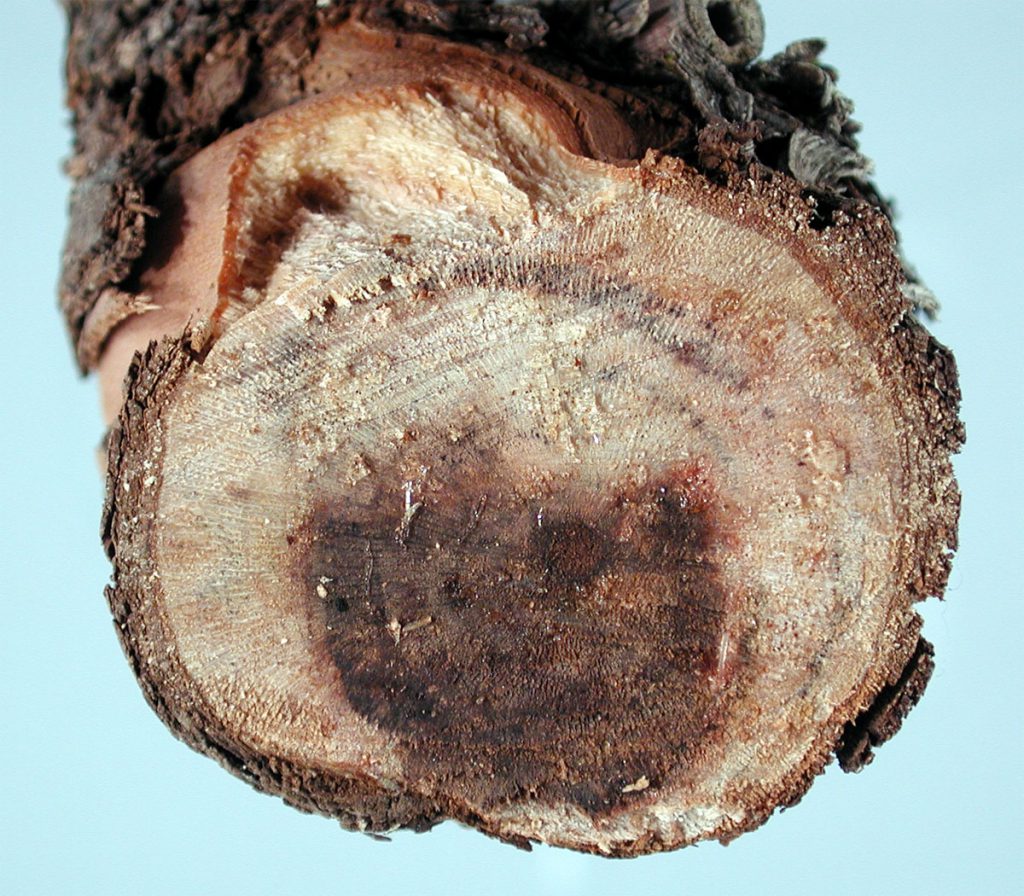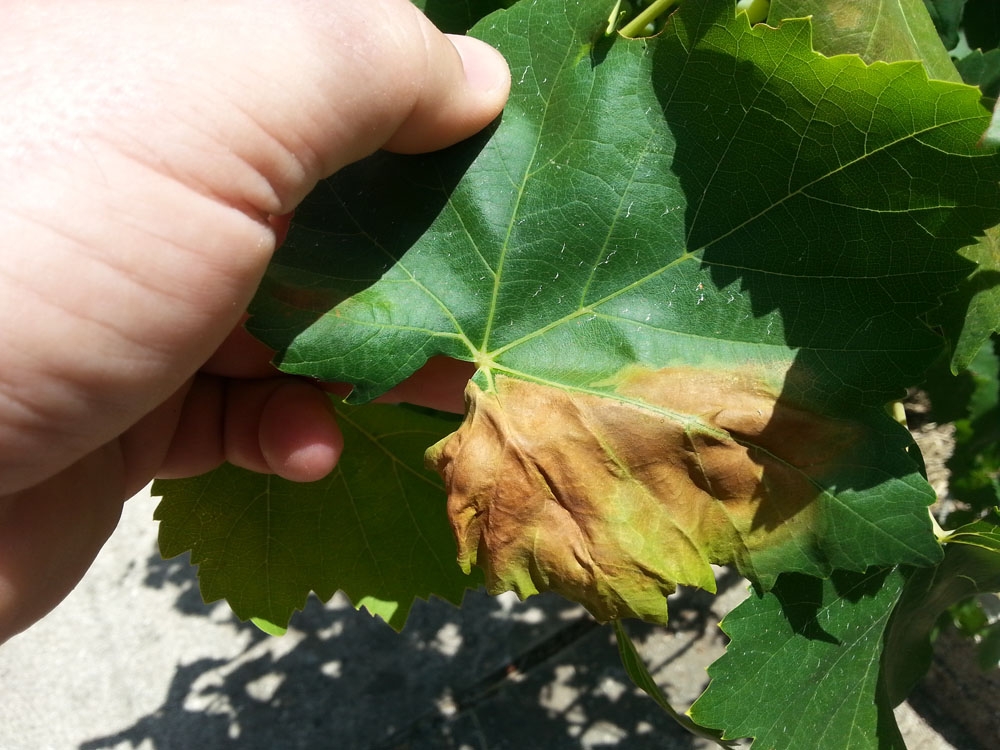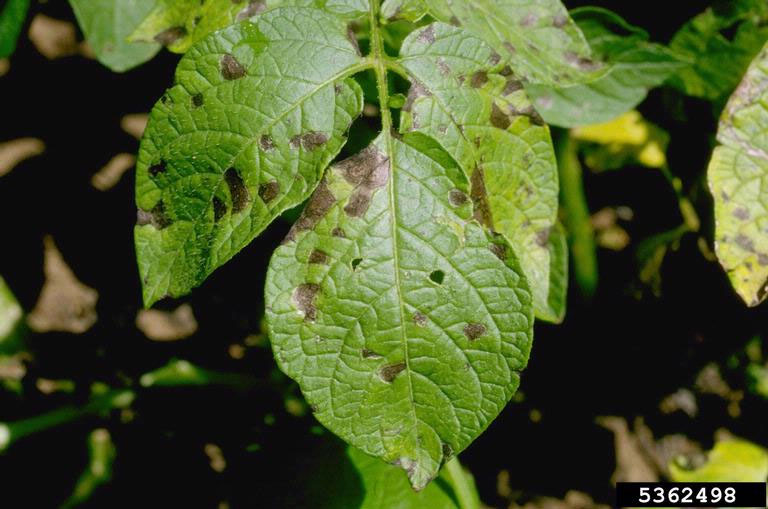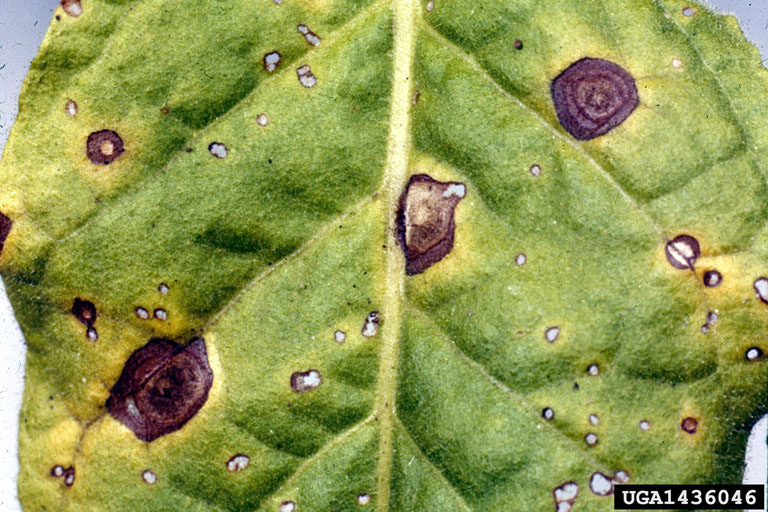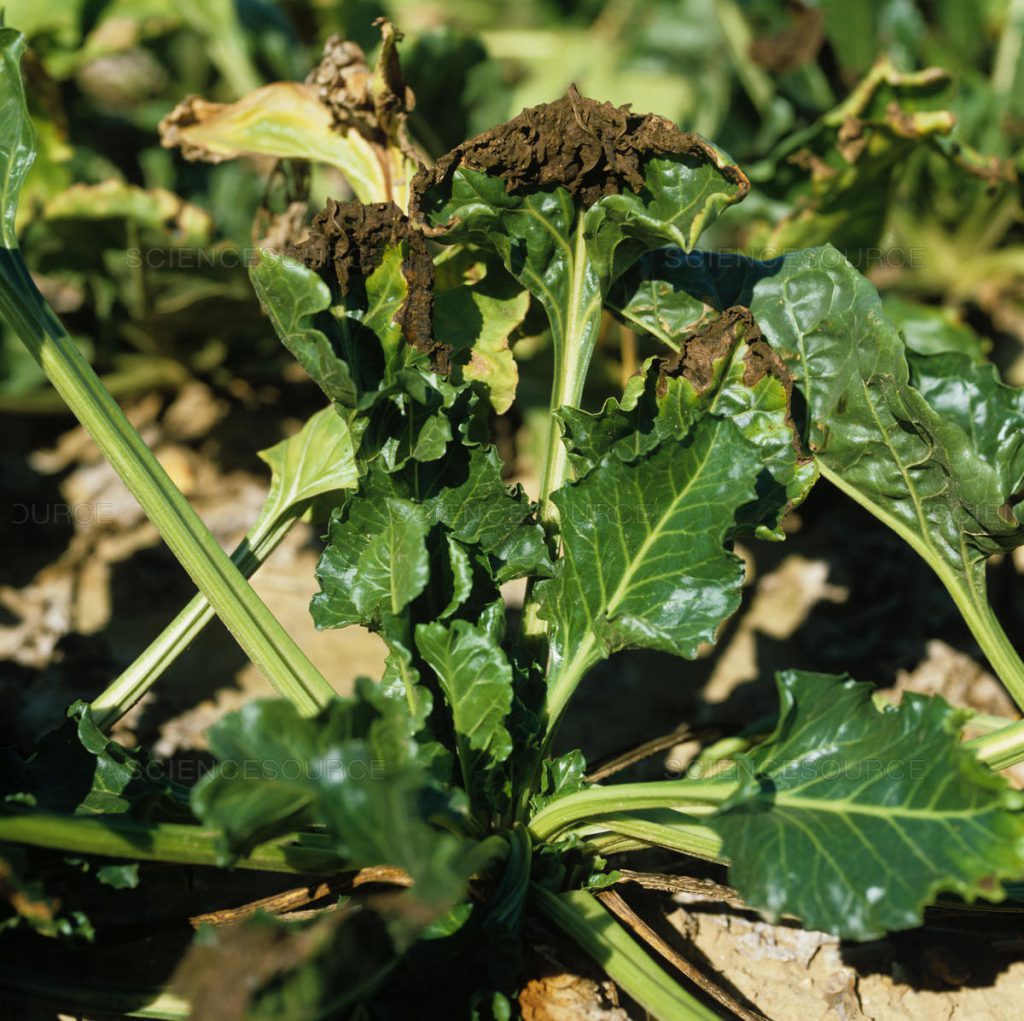Esca is a widespread vine wood disease that mainly affects ratoons aged 10 years and older. It usually develops slowly and results in the gradual drying of the stems or more rarely, in their sudden drying (defoliation).
Scientific name: Phellinus igniarius, Stereum hirsutum
Other names: Black measles, apoplexy
Greek name: Ίσκα ή Πολυπορίαση
Symptoms
The first symptoms appear on the leaves usually in late summer (August). These show characteristic pale areas peripherally and between the nerves, which eventually turn into necrosis.
Affected branches and heads show swellings due to tissue hyperplasia. The buds do not develop and the entire head may dry out. Diseased ratoons usually live for a few years, showing stunted germination and drying of some vines. The most characteristic symptom of the disease is the yellow discoloration of the inner wood (heartwood), which becomes soft, porous and brittle due to decay. Sudden drying of the ratoons (apoplexy) may occur in summer.
Pathogen – Growth conditions
The disease, although not yet fully explained, is attributed to two basidiomycetes, Phellinus igniarius and Stereum hirsutum. These two fungi parasitise many species of fruit trees and forest trees, where they form their basidiomycetes and spores.
Infection of the stump is carried out by the spores (basidiomycetes) of the pathogens, which are carried by wind over pruning cuts or other wounds and carry out the infection. The parasites grow first in the enteric and then in the wood. The progression of the disease is slow and a few years elapse between infection and the onset of symptoms. The disease may (rarely) occur in young stumps and is due to the use of infected propagating material from infected stumps which have not yet shown symptoms.
Treatment
In affected vineyards, spraying with appropriate sprays is recommended. This spraying should be carried out before bud swelling and when the stumps are fully dormant.
In addition to chemical treatment, various hygienic measures aimed at limiting the infestation should be taken, such as uprooting and burning of infected stumps, destruction of the fungal fruiting bodies formed on neighbouring fruit or forest trees or on stakes. In addition, propagating material (inoculums, cuttings, cuttings, cuttings) must come from completely healthy vineyards. As a precautionary measure, large pruning cuts should be disinfected.
Source
www.bayercropscience.gr
Esca (grape disease)
Esca: devastating “trunk disease” of grapevines
Tags: PLANT DISEASE • VINEYARD

